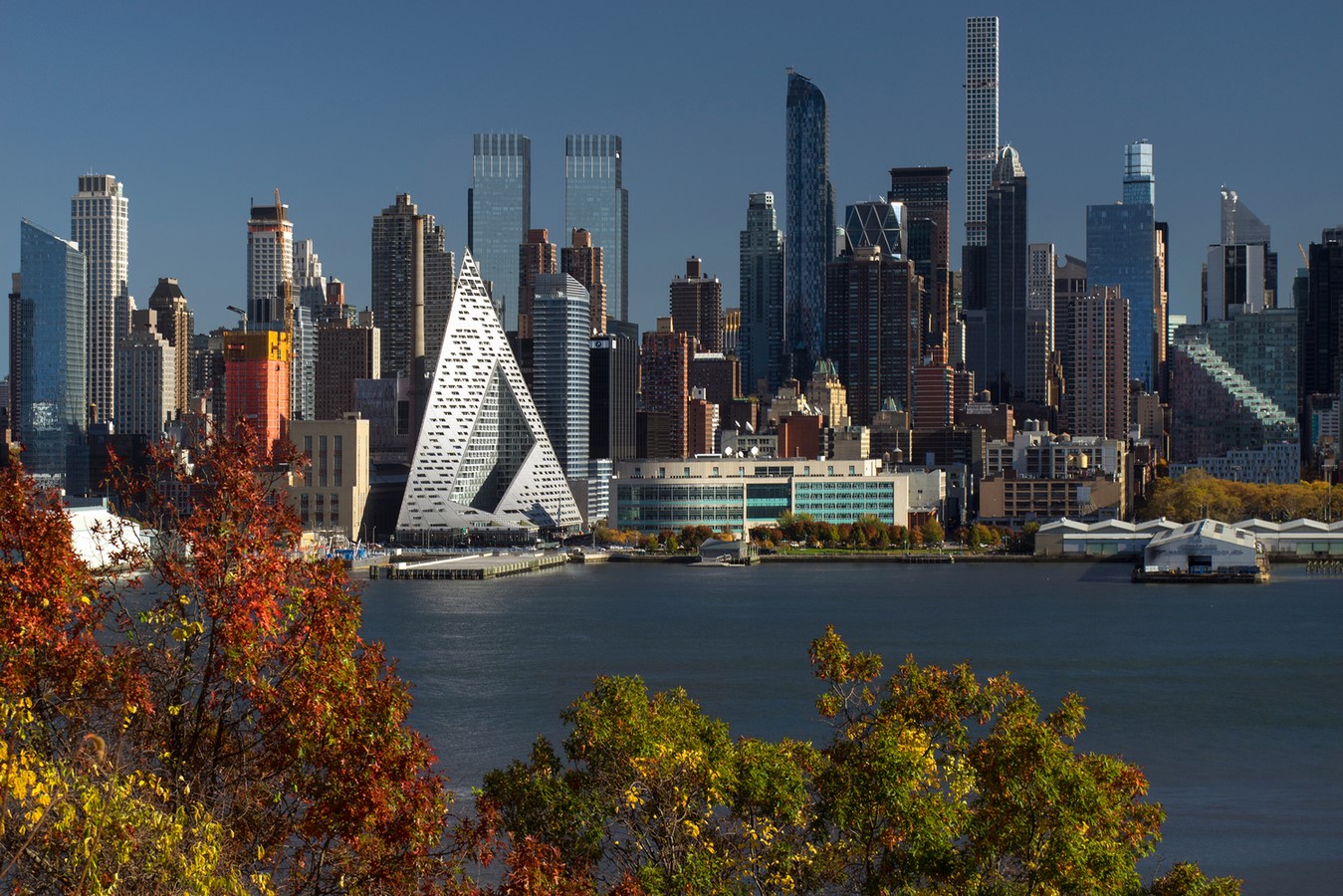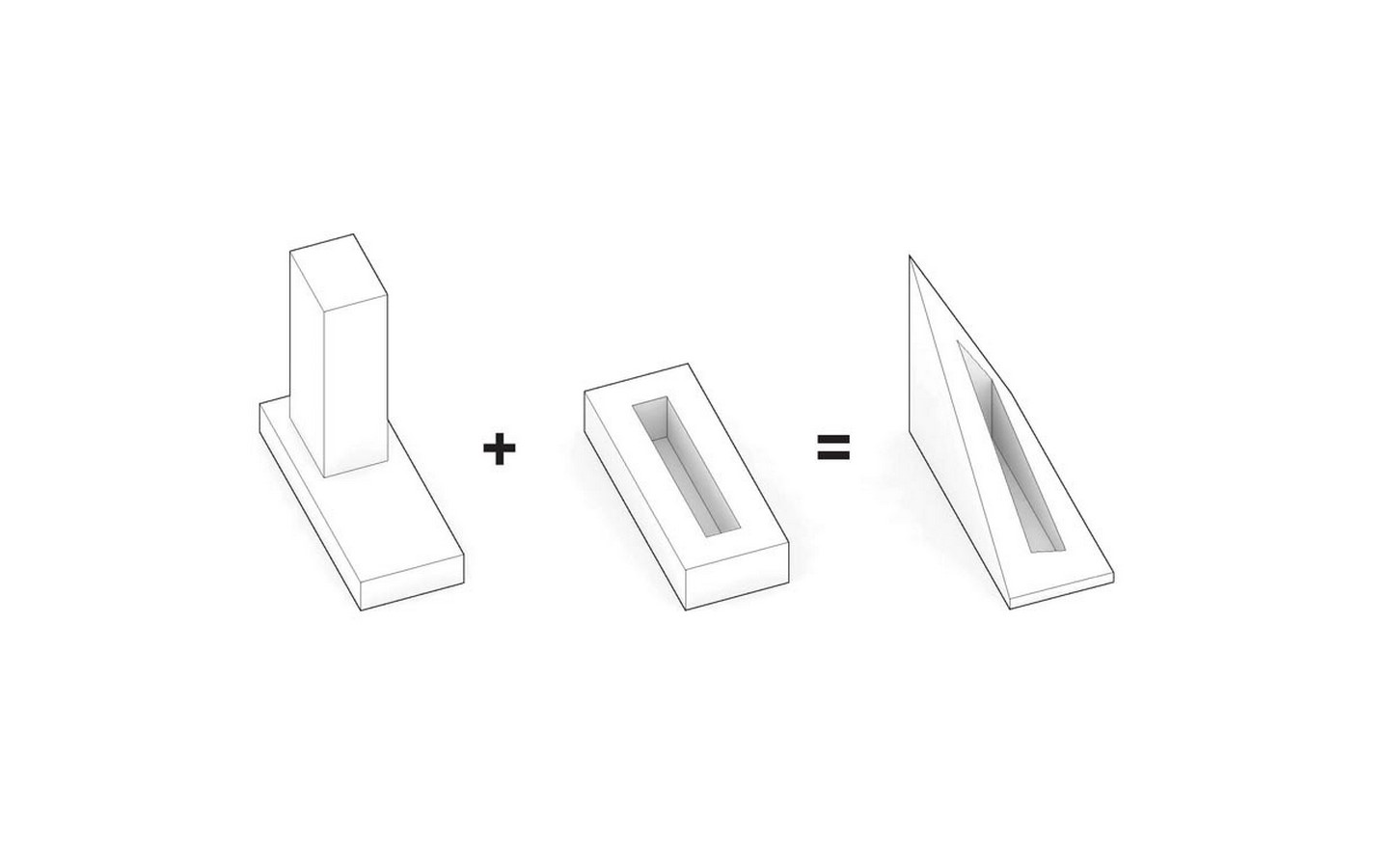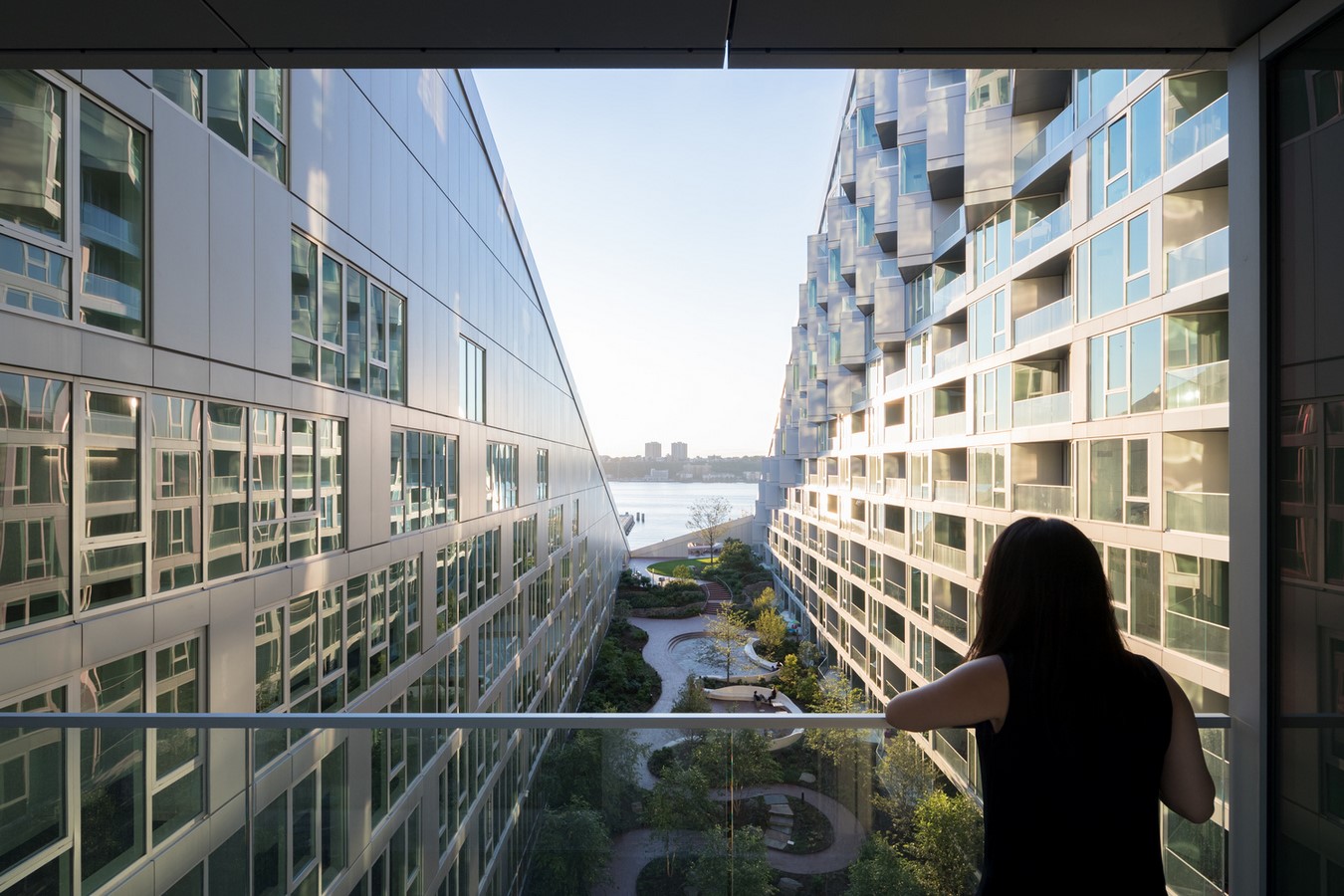Via 57 West Plan Drawings

VIA 57 West, by BIG-Bjarke Ingels Group, is designed for the Durst Organization. It is a pleasing escape in the peculiar grade. It introduces a new fusion typology to the city: the Courtscraper, an American skyscraper with the communal space of the European courtyard, posing residential units with a shared lush garden at the core of the block derived from the classic Copenhagen' urban oasis'. It acts like a light-green space finding its infinite back to the urban fabric. The introduction of this fusion combines both typologies' advantages : the firmness and effectiveness of a courtyard building with the airiness and extensive views of a skyscraper.

Initially, the cake was zoned for a low-rising industrial edifice. But by working jointly with different departments, the team successfully secured permissions to rezone and develop a residential tower through the Compatible Land Use Review Procedure. These changes made it possible for New York City to re-imagine large scale residential buildings that typically stacked "nuptials-block" skyscrapers fail to bring daylight or fresh air into the interior, nor do they commonly provide apartments with a terrace, sunlight, fresh air, or sufficient outdoor infinite.
The Via block bridges the cluster of depression and mid-rise structures to a height in a hyperbolic paraboloid or a warped pyramid form. The facade appears similar an extra-large sailing vessel making its style across the Hudson River. The northern façade of the edifice features several balconies skewed at a 45-degree bending, a blueprint used in Large's prior works such as the VM Houses, in Copenhagen's Ørestad section. Via's volume deviates depending on the viewer's vantage point. Keeping 3 corners of the cake lower and lifting the northward-eastward corner lends the Hudson River'due south courtyard views, bringing the low western sun into the cake and politely preserving the adjacent Helena Tower's views of the river.

The edifice importantly consists of residential units of diverse sizes with a cultural and commercial program on the street level and second flooring. A continuous public hallway acts as a spine to access the apartment units on every floor. This hallway creates double-loaded corridors on the due north and due east wings of the upper floor and a unmarried loaded corridor on the building'southward southern fly. This one hallway grants access to l-one apartments on the upper flooring plan, giving it a considerable potential to generate social interactions between residents.

The commercial space on the ground flooring hosts public civilities like a restaurant from the Livanos Group, a Landmark theatres movie cinema, and the first U.S. retail store for the American Kennel Club. Via besides emphasizes an 8-story sculpture by Stephen Glassman anchored on the façade of the adjacent Helena tower entitled "Flows Two Ways." The lower levels have an enticing relationship with the courtyard. The lobby is linked direct to the courtyard through a g stair that invites residents into the courtyard infinite.

The amenities are all constructed around the courtyard to create a substantial physical and visual connection to diminish interior and outside communal spaces. The civilities include lounges and events areas, a golf simulator, a film screening room, a pool, a basketball court, gym and exercise studios, and game rooms for poker, ping pong, billiards, and shuffleboard. The apartments are planned in a fishbone layout at the upper levels, orienting the residential units towards the water'south view. Big terraces are fashioned into the warped façade to maximize views and light into the apartments while ensuring privacy between the residents.

BIG has worked out in a minimal but luxurious palette of materials. The textile concept for the interior design of the projection is Scandimerican, another overlay of the European-American hybridity. This blends classic modern Scandinavian textile sensibility with local materials from New York. Ingels also designed a chair for the edifice's lobby and lounges produced by Danish brand Fritz Hansen. The VIA57 chair was launched at the completion of the Via tower, Large's first significant project in the city.

Because of the cake'south unusual shape, it has no existent roof, instead a three-sided façade composed of an undulating exterior wall with high-performance glass and aluminum spandrel panels, which transits into a stainless-steel curtain wall skin. Exterior-facing products were selected such that components could battle the rain and wind storms and keep the entire building safe and dry out. The non-rectilinear floor plans and the building's riverfront exposure were primal challenges to overcome without compromising airflow or aesthetics. The sloping roof consists of a simplistic ruled surface perforated by terraces, each unique and s-facing. The facade is unitized consisting of ane,200 curved stainless-steel cladding components, fabricated off-site, abrasive-blasted for a textured cease. Its sizes range from 25 to 30 feet wide, clipped onto tracks that run up and down post-obit the concept of a simple post-and-axle concrete structure.

Via is proclaimed every bit redefining green living with a vision of sustainability that respects nature and promotes well-being. A broad range of amenities and curated events sectional to the residents are designed to enhance the urban lifestyle. Its ecology responsibility paradigm is centered around the four core elements- Water, Energy, Air, and Globe. Sustainability is a part of Via's Dna as the edifice recycles h2o per day and uses responsibly-sourced wood boasting its glorious landscaped courtyard. Landscape architecture firm Starr Whitehouse designed the courtyard, which features fourscore newly planted trees and 47 native constitute material species. This structure accomplishes to acquire the existing landscape, both natural and human-made, and consolidate it into a single form.
References:
https://large.dk/#projects-w57
https://www.archdaily.com/794950/via-57-west-big
https://world wide web.greenroofs.com/projects/via-57-westward/




woodruffbleturejaway.blogspot.com
Source: https://www.re-thinkingthefuture.com/case-studies/a2746-via-57-west-new-york-usa-by-big-fusion-of-typologies/
0 Response to "Via 57 West Plan Drawings"
Postar um comentário